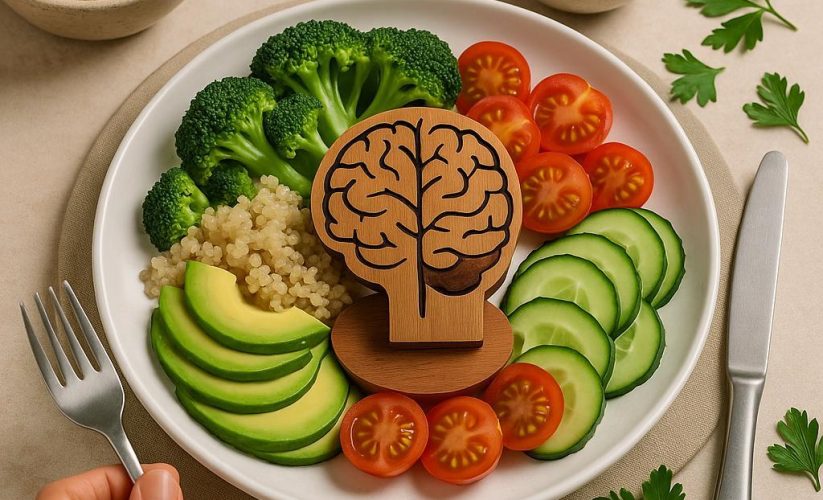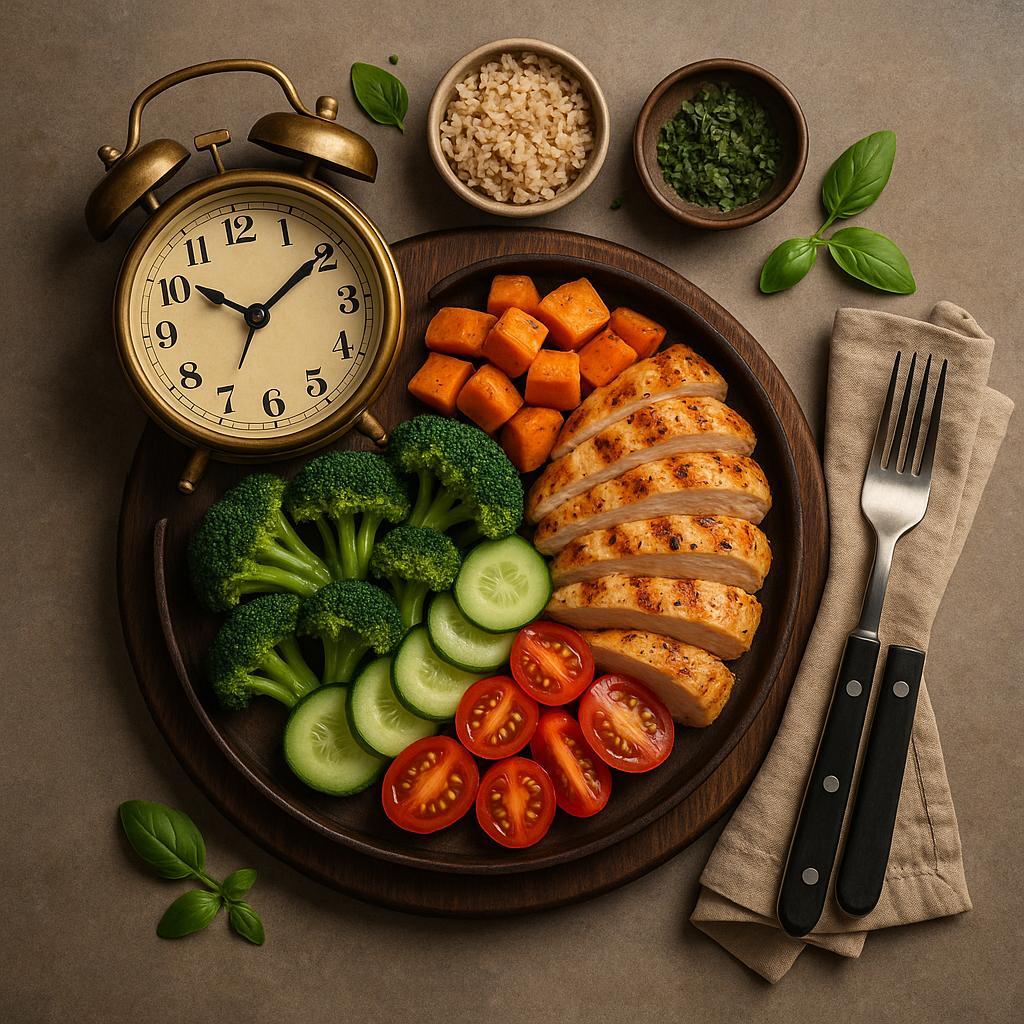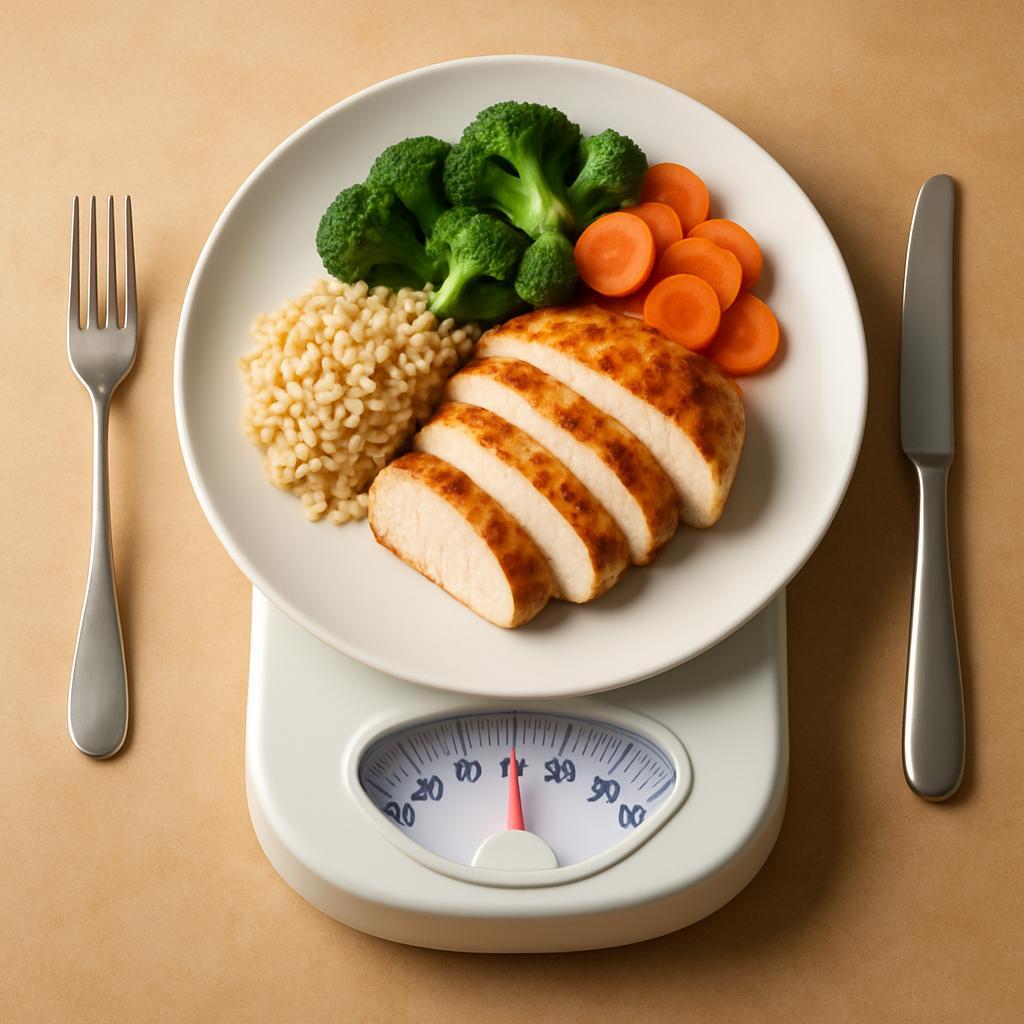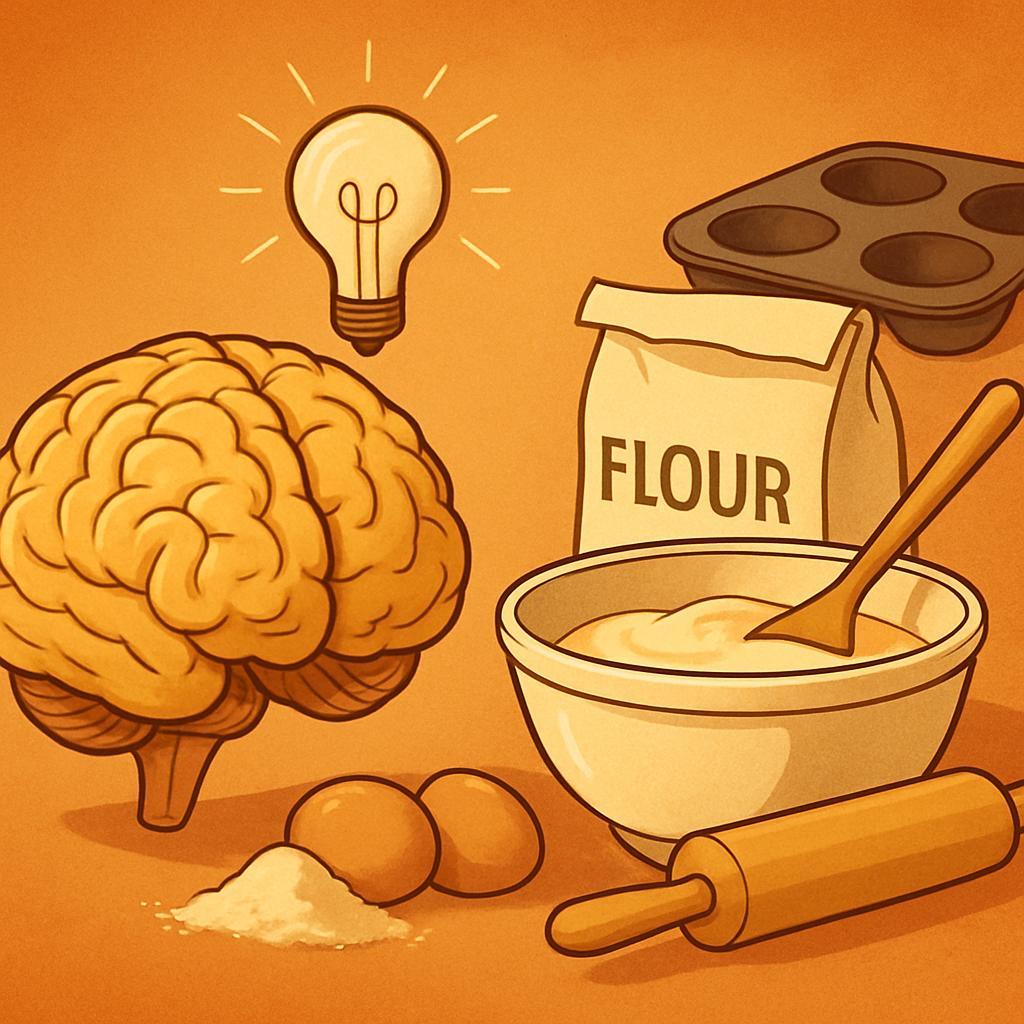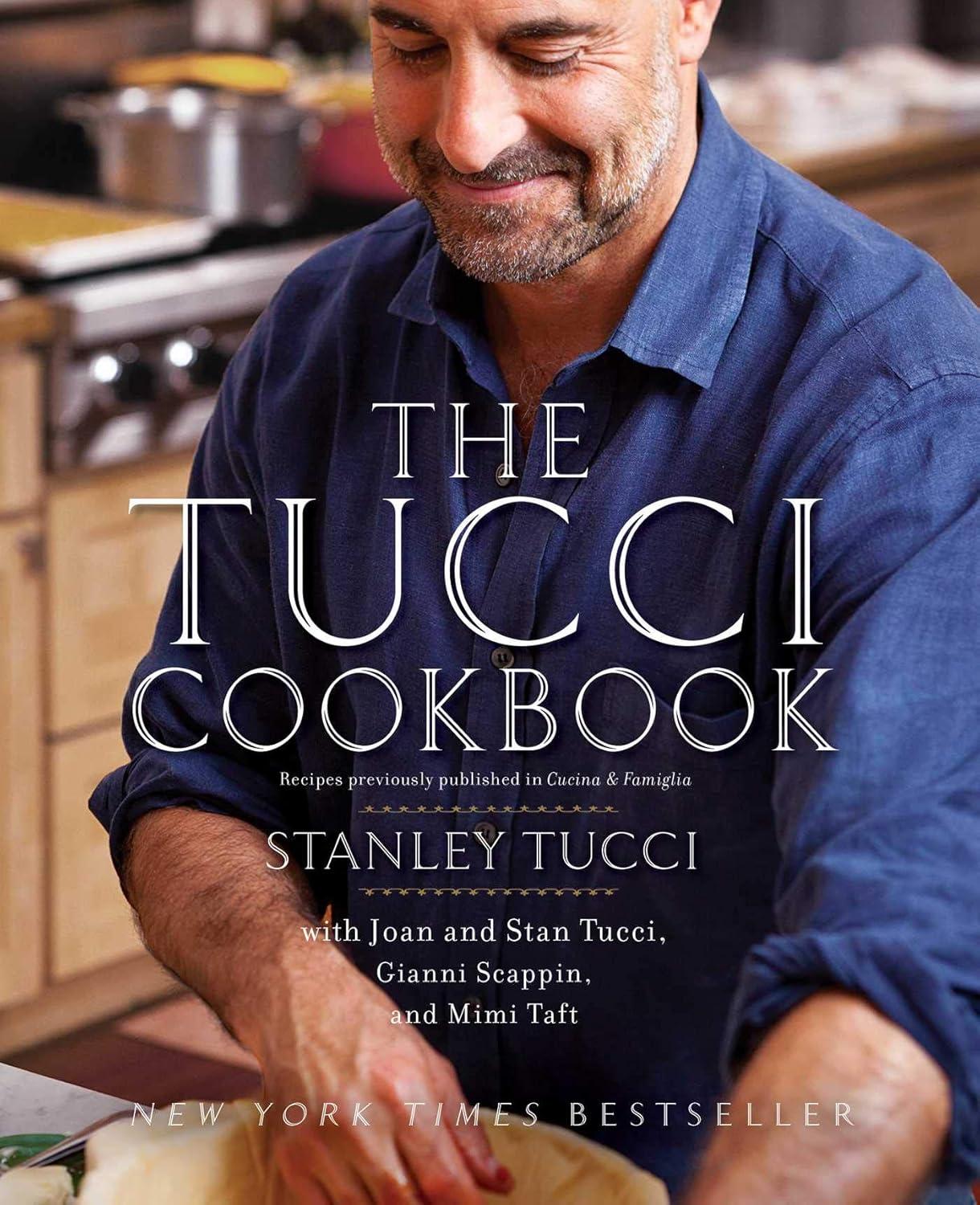Cravings, Calmed: A Science-Backed Mindful Meal Plan

What if your strongest craving is just a misread signal?
In a world of hyperpalatable foods, stress spikes, and blood-sugar dips, your brain’s reward system can drown out genuine hunger. Mindful eating doesn’t ask you to eat less; it asks you to listen better. Paired with solid research on satiety, timing, and the gut-brain loop, that attention can turn chaotic urges into clear choices.
Cravings, Calmed lays out a practical, science-backed meal plan that helps you notice before you nibble, build plates that keep you satisfied, and create small pauses that make room for intention. Think steadier energy, fewer ambushes from the snack drawer, and meals that feel chosen rather than chased. Step into the plan that follows, and align your appetite with what your body actually needs-one cue, one bite, one calm decision at a time.
Table of Contents
- Decode your appetite with satiety science
- Plates that steady blood sugar and soften snack urges
- Mindful moments that turn cravings into calm choices
- Prep and shop smarter to make the healthy choice the easy one
- Q&A
- Future Outlook
Decode your appetite with satiety science
Your appetite is a feedback loop, not a willpower test. When your stomach is empty, ghrelin rises and nudges you to eat; after a meal, PYY, GLP‑1, and CCK push back with satiety-especially when a meal is rich in protein, fiber, and volume. Leptin reflects your long‑term energy stores, while stretch receptors in the gut register how much space your food takes up. That’s why 400 calories of buttery pastry disappear quickly and rebound as cravings, whereas 400 calories of Greek yogurt, berries, and chia deliver lasting calm: slower gastric emptying, steadier blood sugar, and more fullness hormones. Hydration and low energy density foods (think crunchy vegetables, broth‑based soups, whole fruits) amplify fullness signals, and a splash of acid-like vinegar or lemon-can blunt post‑meal glucose spikes that often whisper “snack” an hour later. Sleep and stress matter, too: poor sleep elevates ghrelin and cortisol, making hyper‑palatable foods more persuasive.
Translate the science into your plate: aim for a simple template-about 40% high‑water vegetables, 30% lean protein, 20% slow carbs, 10% fats-delivering roughly 20-35 g protein and 8-12 g fiber per meal in a 300-600 kcal window. Preload with a glass of water or a light broth, then start the meal with vegetables and protein to trigger early satiety hormones. Choose intact carbs (lentils, barley, steel‑cut oats) and pair them with fats (olive oil, nuts) to slow absorption; add vinegar or citrus to dressings or grains. Practical swaps: white rice → barley; chips → edamame; afternoon cookie → apple with peanut butter. Pace meals over 15-20 minutes to let fullness signals catch up, and pause at “7/10” comfort rather than clean‑plate reflex. For snack insurance, keep protein‑plus‑produce combos on hand (cottage cheese and peaches, tuna and cucumber), and schedule gentle movement after meals to steady glucose. Protect 7-9 hours of sleep and keep caffeine after noon modest-both quiet the biochemical noise that masquerades as hunger.
Plates that steady blood sugar and soften snack urges
Build each meal to flatten glucose peaks and quiet snack impulses: fill 50% of the plate with non‑starchy vegetables (crunchy, high‑fiber, mostly above‑ground), 25% with protein (target 25-35 g), and 25% with slow carbs (intact grains, legumes, or root veg with skins). Layer in 10-20 g healthy fat (olive oil, nuts, seeds, avocado) and aim for 8-12 g fiber per meal. Eat in this order-veg → protein → carbs-and add 2 tsp vinegar or lemon to salads or grains; the acid plus viscous fiber slows gastric emptying and steadies blood sugar. Choose “slow” starches: barley, farro, lentils, chickpeas, or cooked-then-cooled potatoes/rice for more resistant starch. Keep the carb mound no taller than the protein, include bitter greens (arugula, radicchio), and spice with cinnamon or fenugreek for an extra nudge. If you’re often snacky mid‑afternoon, front‑load your day with a breakfast that actually satisfies these numbers; stable morning glucose blunts later cravings.
Concrete plates that fit the brief: breakfast-Greek yogurt (200 g) or tofu scramble (150-200 g) with chia (1 tbsp), berries (¾ cup), and a pile of sautéed greens; or steel‑cut oats (½ cup cooked) folded with cottage cheese (¾ cup), walnuts (1 tbsp), and cinnamon. Lunch-a grain‑legume bowl: arugula base, warm lentils (¾ cup), roasted carrots and broccoli (1½ cups), farro (½ cup), olive oil (2 tsp), lemon, and feta (30 g); or a salmon plate with cabbage slaw, quinoa (½ cup), and avocado (¼). Dinner-chicken thigh or tempeh (120-170 g), tray‑roasted Brussels and peppers (2 cups), small sweet potato (1 small, skin on) with tahini drizzle (1 tbsp). If you want something sweet afterward, pair fruit + fat (apple slices with almond butter, 1 tbsp) to prevent a quick spike. Batch‑cook legumes and roast vegetables on Sundays, keep a jar of vinaigrette ready, and you can assemble these in minutes-steady glucose, fewer snack urges, and meals that actually carry you to the next one.
Mindful moments that turn cravings into calm choices
Turn the impulse into information: the moment a craving hits, pause with a double exhale (the “physiological sigh”) and silently label it-“salty crunch,” “dark chocolate,” “boredom snack.” Naming reduces emotional load and buys you choice. Do a 60-90 second sensory scan-notice five things you see, four you feel, three you hear, two you smell, one you taste-while the neurochemical wave peaks and recedes. Add a quick temperature reset (sip ice water or hold a chilled glass) to interrupt autopilot, then urge-surf for one more minute. Close with an if-then script to steer the next step: “If I still want it, then I’ll plate a mindful portion and sit at the table.” For sweets, bridge with cinnamon or mint tea; both can nudge sweet desire down while you decide. For salty urges, try a crisp “first bite” ritual-one measured handful in a bowl, slow chew, notice the point satisfaction fades-so the choice becomes deliberate rather than driven.
Make the calm choice the easy choice by pairing the flavor you want with steadying nutrients and a plate you can see. Use a protein anchor (about 20-30 g), plus fiber and fat (roughly 8-10 g fiber, 10-15 g fat) to flatten rebound cravings: chocolate craving becomes 1 square 70% cocoa after Greek yogurt with berries; potato-chip pull turns into a small bowl of chips alongside crunchy cucumbers and salsa; soda itch meets sparkling water with citrus slices and a pinch of salt. Set friction in your favor: keep ready-to-eat options at eye level (pre-portioned nuts, hummus with peppers, cottage cheese with pineapple), place treats out of sight, and decide timing before taste-“after my protein snack, I choose my sweet.” When in doubt, run a fast “HALT” check; if hunger is real, eat the anchored option, and if it’s stress or fatigue, swap in a two-minute walk, a stretch, or three slow breaths before you choose again.
Prep and shop smarter to make the healthy choice the easy one
Design your cart and kitchen like a gentle autopilot for appetite. Before you shop, sketch a quick “roles-based” plan: anchors (lean proteins and fiber-rich carbs), fillers (colorful veg), and finishers (healthy fats and flavor boosters). Shop the perimeter first, then fill gaps in center aisles with staples; aim for a simple formula such as five proteins (e.g., chicken thighs, tofu, eggs, lentils, Greek yogurt), five vegetables, three fruits, two whole grains, two healthy fats, and two ready sauces or spice blends. Let a science-backed mantra steer choices-protein + fiber at every meal-by favoring items with ≥15 g protein per serving or ≥5 g fiber for staples, checking sodium on everyday foods (<300 mg per serving), and keeping added sugars minimal in condiments. Use “if-then” pre-commitments on your list to reduce in-the-moment bargaining: “If I need a sweet, then I’ll pick berries + yogurt; if I need crunch, then carrots + hummus.” Place produce and rotisserie-level shortcuts in the cart early so they become the default, and add one “flavor wildcard” (chimichurri, chili crisp, tahini) each week to keep repetition satisfying.
When you unload, run a 30-minute arrival routine that makes the healthy choice the easy one: rinse and chop grab-ready veg (snap peas, cucumbers, peppers), cook one grain (quinoa or farro) and one protein (sheet-pan chicken or baked tofu), and portion snacks into clear containers that pair carbs with protein or fat (apple + cheese, grapes + nuts). Build a visible “ready-to-eat shelf” at eye level with grab-and-heat bowls (grain + veg + protein in 2-3 cup containers) and a small flavor tray (lemon wedges, herbed yogurt, salsa, toasted seeds) so meals assemble in minutes; stash treats on low or opaque shelves to lower impulsive reach. Freeze insurance: bag “stir-fry kits” (mixed veg + sliced protein + sauce cube), keep par-cooked grains and broth ice cubes for fast soups, and portion cooked beans flat for quick thawing. Protect produce with paper-towel liners, store herbs like a bouquet in water, and set a visible water bottle and fruit bowl as cues. Default plates reduce decision fatigue: whole grain + leafy greens + roasted veg + a palm of protein + a spoon of fat-then finish with acid, heat, or crunch so every nourishing bite feels earned, not forced.
Q&A
What does a craving-calming plate actually look like, and why does it work?
Aim for the “3-2-1 plate”: roughly 3 handfuls of non-starchy veggies (volume and fiber to slow digestion), 2 palm-size portions of protein (20-40 g; blunts ghrelin and boosts GLP‑1/peptide YY), and 1 cupped-hand of slow carbs like lentils, quinoa, or potatoes (steady glucose), plus 1-2 thumbs of fats (olive oil, nuts; enhances satiety). This combo stretches the stomach, moderates blood sugar, and nudges fullness hormones so cravings quiet down naturally.
How should I time meals and snacks to keep hunger hormones steady?
Eat every 3-4 hours with a protein-forward breakfast within 1-2 hours of waking. If the gap to your next meal is >4-5 hours, add a planned snack that pairs protein with fiber (e.g., Greek yogurt + berries, cheese + apple, hummus + carrots). Drink a glass of water 10-20 minutes before meals; mild dehydration can masquerade as cravings, and pre-meal fluids help fullness.
What can I do in the exact moment a craving hits without white‑knuckling it?
Use the 3N method: Notice (label the urge), Name (is it hunger, stress, habit?), Normalize (cravings rise and fall like a wave). Then try a 10‑minute pause with one of: a “physiological sigh” (two short inhales, long exhale, repeat 3-5 times), a brisk 5-10 minute walk, mint tea or sugar-free gum to reset taste cues. If you still want it, portion by design (single-serve), sit down, take 3 breaths before eating, and eat slowly-cravings usually shrink when you remove urgency.
Can I include dessert or salty snacks without derailing the plan?
Yes-fold “joy foods” into structure. Have them with or right after a protein-rich meal to reduce a blood sugar spike and the rebound craving. Pre-portion (e.g., two squares of 70% chocolate, a small cone, a single-serve chip bag) and keep extras out of sight. Aim for one planned treat most days (about 150-250 calories) rather than unplanned grazing; predictability lowers reward-seeking surges.
What quick lifestyle tweaks curb cravings beyond food choices?
Sleep 7-9 hours; even one short night raises ghrelin and snack drive. Get 2-10 minutes of morning daylight to anchor circadian rhythms and reduce late-night munching. After meals, a 10‑minute walk improves glucose handling. During high stress, do a 60-90 second breathing reset or a short stretch break-cortisol spikes amplify cravings.
How do I measure progress without obsessing over calories?
Track weekly: frequency/intensity of cravings (0-10 scale), time between meals without getting “hangry,” energy and focus, and how often meals hit the 3-2-1 pattern. Optional: waist measurement and how clothes fit. Look for trends over 2-4 weeks; if evening cravings persist, add 5-10 g more protein or 5 g fiber to lunch, or move a planned snack to late afternoon.
Future Outlook
You’ve seen how calm comes from pairing structure with attention: steady meal timing, satisfying protein-fiber-fat, and brief check-ins that separate true hunger from habit. Instead of wrestling urges, you’ve learned to design for them-stabilize blood sugar, simplify choices, and let your reward loop quiet down.
Treat this as practice, not perfection. Choose one small step for today-plan a protein-forward meal, set a fruit-and-nut snack within reach, or pause for three breaths before your next bite. Repeat the small things, and the loudest cravings start to fade into the background.


